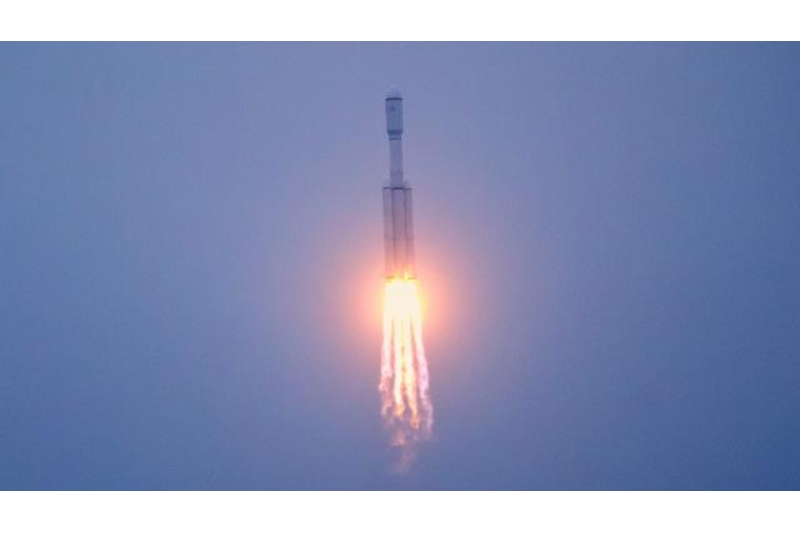China Deploys a Satellite to Aid in Upcoming Lunar Missions

The Queqiao-2 satellite was launched on Tuesday, March 19, by a Long March 8 rocket from the Wenchang Satellite Launch Center on the southern Chinese island of Hainan. The spacecraft will assist in relaying messages between mission controllers on Earth and China’s Chang’e moon probe, as well as other vehicles on the lunar surface. This spacecraft is referred to as a relay satellite.
With its highly elliptical orbit, Queqiao-2 will be able to support missions to the far side of the moon as well as the lunar south pole.
China conducted an unexpected launch of two additional spacecraft toward the moon on March 14 of this month. The launch was really initially made public when the two spacecraft were reported by China’s Xinhua news agency to not have reached their planned orbit.
“The first and second stages of the rocket operated normally, while the upper stage encountered an abnormality during flight, causing the satellites to fail to accurately enter the preset orbit,” Xinhua’s statement. “The relevant disposal work is currently underway.”
The two spacecraft, designated DRO-A and DRO-B, are poorly understood, although their designations suggest they were designed for far retrograde orbit (DRO). DRO is a lunar orbit that circles Earth in the opposite direction from the moon’s rotation. It is situated far above the moon. Additionally, rather than being a component of China’s moon exploration effort, the spacecraft seem to be part of a technology demonstration intended to aid in the establishment of lunar infrastructure.